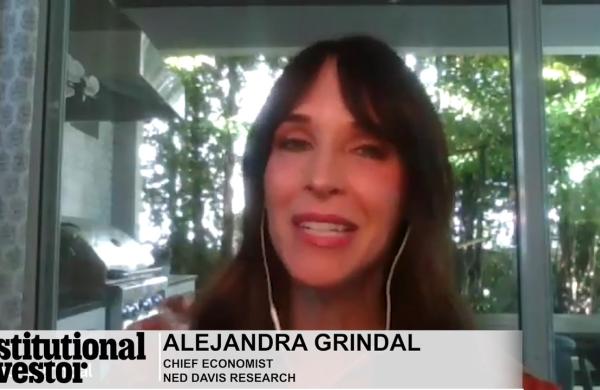For European investors in exchange-traded funds, home is where the heart is.
Last year set a new record for inflows into Europe-domiciled ETFs, with investors pumping $82.2 billion into the sector, according to BlackRock, up a third from $61.8 billion in 2014. Although European equities have been hammered by the sell-off in global markets so far this year, inflows continued in January, albeit at a slower pace. European ETFs attracted $3 billion in the month, largely in equities, down from $9.7 billion in December, BlackRock data show.
Not only did Europeans invest more in ETFs last year, but they also put much more money into funds focused on their domestic markets. The iShares Euro Stoxx 50 UCITS ETF (DE), which tracks the 50 largest companies in developed euro zone countries, pulled in about $2.86 billion last year, more than ten times its inflows in 2014, when the big money went to ETFs focused on U.S. stocks.
“In 2014 it was strong flows into the U.S., but 2015 was definitely the year for the Europeans,” says Manooj Mistry, London-based head of exchange-traded products, EMEA, at Deutsche Asset Management, an arm of Deutsche Bank.
Deutsche, one of the big players in the European ETF market, saw big demand for its funds focused on the broader euro zone and on Germany. Those two segments attracted a total of about $4.5 billion in inflows last year, roughly five times the amount of 2014.
Mistry ascribes the interest to growing confidence in the euro zone’s economy. The European Central Bank launched its own quantitative easing program last year, buying €60 billion ($68 billion) worth of government bonds a month, and in December it cut its deposit rate into negative territory for the first time, even as the U.S. Federal Reserve was preparing for its first rate hike in nearly a decade.
“We saw a lot of clients who might have been overweight U.S. in 2014 — they were adjusting their positions to be overweight European equities and bonds,” Mistry says.
The growth in Europe mirrors a rising interest in ETFs worldwide. Global inflows last year hit $350.9 billion, also a record, according to BlackRock.
And it’s not just Europeans who are getting into Europe. U.S.-listed ETFs with exposure to Europe saw inflows of $35 billion last year, compared with just $6.7 billion in 2014.
European-oriented ETFs have two big attractions for American investors, contends Kevin Kelly, chief investment officer at Recon Capital Partners, a New York–based firm that runs ETFs focused on Germany’s DAX and the U.K.’s FTSE 100 index. The diverging monetary policies of the Fed and the ECB could bolster European equities, he says. In addition, some major European companies offer compelling valuations, he adds, noting that Germany’s Siemens currently trades at just under nine times earnings.
“It’s important for U.S. investors to look at these markets and get exposure to them,” Kelly says.
European ETFs that focus on the U.S. experienced a sharp drop in inflows last year. The iShares Core S&P 500 UCITS ETF and Vanguard S&P 500 UCITS ETF each attracted about $2.6 billion, down from $6.6 billion and $6.8 billion, respectively, in 2014.
However, those ETFs still rank among the largest in Europe. According to Deutsche Bank, the iShares and Vanguard funds remain the largest by assets, with more than $23 billion between them. This stands to reason, fund managers say, given the dominance of the U.S. in global markets.
“Even though there was a huge focus on European equities, I think broad-based U.S. equity exposure is a core holding for many investors in their portfolio,” says Philip Tychon, head of ETF capital markets at Vanguard Group in London. “I think it’s natural to always see interest in that exposure.”
There has also been interest in other developed markets, such as Japan, where the central bank is conducting its own QE program, says Mistry. Economic turmoil saw funds flow out of a number of emerging markets, notably China, with investors pulling out of Deutsche’s Europe-listed ETFs that focus on that country.
“We definitely saw a lot of profit taking going on, and people just reducing their exposure because of uncertainties in China, but we also saw a similar story in other emerging markets, like Brazil and Russia,” he says.
It’s difficult to predict where funds will go in the coming months and years, but wealth managers are bullish on the growth of ETFs generally in Europe. David Hazelton, head of business development at Raymond James Investments Services in London, predicts that retail investors will follow in the footsteps of large institutions by increasing their holdings of ETFs.
“I don’t see anything slowing this down,” says Adam Laird, head of passive investments at Hargreaves Lansdown, a Bristol–based brokerage and advisory firm. The popularity of ETFs has “increased a lot in Europe, but we’re still behind where the U.S. is,” he says. “I think it’s undoubtedly going to continue.”
Get more on exchange-traded funds.






